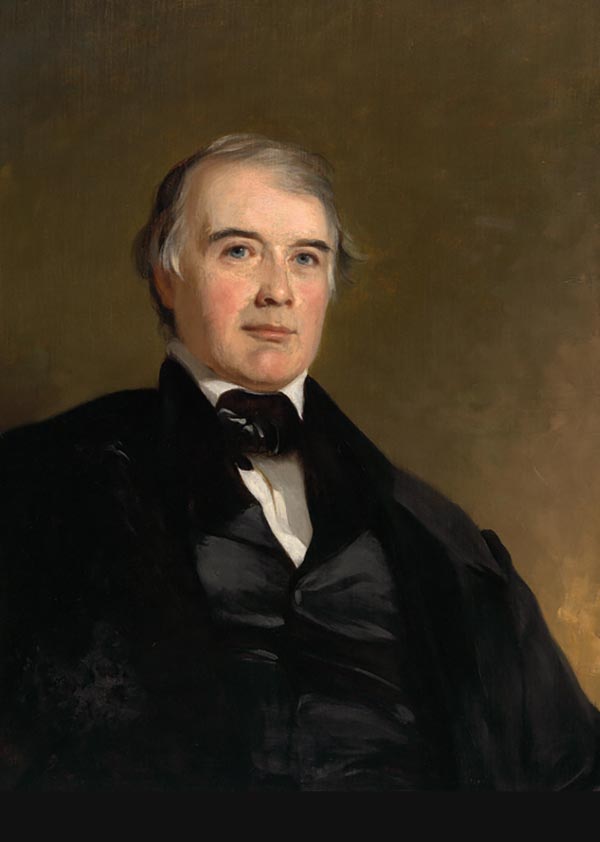James Pollard Espy (May 9, 1785 - January 24, 1860) was an American meteorologist. Born in Westmoreland County, Pennsylvania, Espy was the youngest of ten children. His parents moved the family to Kentucky when he was an infant, leading him to enroll at Transylvania University. While a student at Transylvania University in Lexington, Kentucky, Espy taught school to earn a living. He graduated in 1808 and moved to Cumberland, Maryland, where he taught at an academy. At some point he moved to Xenia, Ohio, where he studied and practiced law. He married Margaret Pollard (his 16-year-old cousin) in 1812 and took her maiden name as his middle name. He accepted a position in the classical department at the Franklin Institute in Philadelphia in 1817, where he published his first meteorological research in the Journal of the Franklin Institute.He began studying the causes of storms in 1828, which made him the foremost American meteorologist at the time. Espy became the meteorologist for the Franklin Institute and the American Philosophical Society of Philadelphia in 1834 and in 1836 established a network of meteorological observers to study storms in Pennsylvania, then the most common kind of meteorological research. To support his research, Espy successfully convinced the Pennsylvania Legislature to appropriate $4,000 to supply one observer in each county with a rain gauge, thermometers, and a barometer. After publishing a summary of his work in 1833, Espy became apparently the first person to discuss the role of latent heat in creating and fueling a storm. He abandoned teaching in 1836 in favor of lecturing to scientific bodies and popular audiences, which soon earned him the nickname the 'Storm King'. He published his most famous work The Philosophy of Storms in 1841 and a year later in 1842 he was appointed the first meteorologist of the U.S. government. He served in the U.S. government until 1859 first under the Surgeon General of the Army, then under the Secretary of the Navy, and, finally, the under the Secretary of the Smithsonian Institution beginning in 1848. He retired in 1859 and spent the next few months visiting friends and relatives in Pennsylvania and Ohio. He suffered a stroke in January 1860 while on a visit to Cincinnati, Ohio, and died a week later.


